In today's competitive sports industry, securing valuable sponsorships is a top priority for teams, athletes, and events. However, determining sports sponsorships' return on investment (ROI) can be a complex task. As businesses increasingly rely on data-driven decision-making, measuring sports sponsorship ROI has become a crucial aspect for both sponsors and rights holders. In this article, we will explore effective strategies and metrics to help you on measuring the ROI of sports sponsorships.
Brand Visibility and Media Exposure: To assess the impact of your sponsorship, it is essential to measure brand visibility and media exposure. Utilize tracking tools to monitor television broadcasts, online streaming platforms, and social media channels to gauge the frequency and reach of your brand's appearance. Analyze audience engagement, impressions, and share of voice to understand the value of your investment in media exposure.
Social Media Sentiment Analysis: The sentiment surrounding your sponsorship plays a significant role in evaluating its success. By employing sentiment analysis tools, you can assess the online conversations and mentions related to your sponsored team or event. This data helps you understand how your association is perceived by the target audience. Positive sentiment indicates a successful sponsorship, while negative sentiment may require adjustments to your sponsorship strategy.
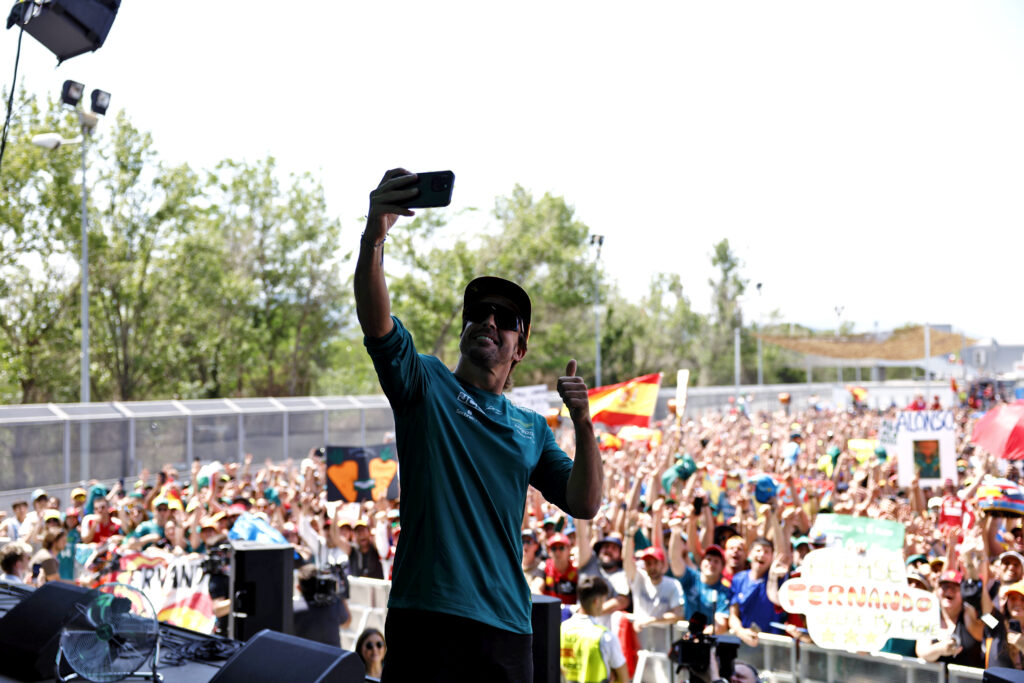
Fan Engagement and Activation: Measuring fan engagement is crucial for determining the effectiveness of your sponsorship. Track participation in promotions, contests, and events associated with your partnership to assess audience interaction. This data provides insights into the level of engagement and helps you evaluate the impact of your sponsorship on brand loyalty and consumer behaviour.
Sales and Revenue Analysis: Quantifying the impact of your sponsorship on sales and revenue is a direct and effective way to measure ROI. Compare sales figures and revenue generated during the sponsorship period to previous periods to evaluate the influence of your partnership on consumer behaviour and purchasing decisions. This quantitative approach provides a clear indication of the financial returns derived from your sponsorship investment.
Comprehensive Approach and Clear Objectives: To measure sports sponsorship ROI effectively, it is crucial to adopt a comprehensive and integrated approach. Combining qualitative and quantitative metrics and leveraging technology and data analytics will provide a holistic understanding of the value derived from your sponsorships. Establish clear objectives and key performance indicators (KPIs) aligned with your sponsorship strategies to ensure measurable and actionable results.
By implementing these strategies and utilizing relevant metrics, you can maximize your sports sponsorship ROI. Measuring brand visibility, social media sentiment, fan engagement, and revenue impact will provide valuable insights into the success of your sponsorships. Remember to set clear objectives and continuously evaluate and adjust your strategies to optimize your sponsorship investments.
This is original editorial content from Drive Sports Marketing, an agency specialising in Formula 1 sponsorship, Formula E sponsorship, MotoGP sponsorship, and WEC sponsorship.
When negotiating a deal, it is not rare to start from an idea and end up with a considerably different structure. However, although this is normal and understandable, it is crucial to always go through a defined process. That's why we created a guide for building a successful sports sponsorship that a brand should follow.
Identify your key business and marketing objectives: A sports sponsorship is a 360 degrees marketing tool and can serve as a platform to achieve a variety of objectives, from the wider business ones to the more specific marketing ones. Having a clear idea of the most important challenges to face, is essential in order to direct all the efforts of the partnership towards the right direction.
Select the storytelling around the partnership: The difference between sports sponsorship and advertising is the presence of a powerful story that can be told via the medium of sports to passionate fans. Selecting the right story that can be as information regarding the product/service as captivating for the audience, is crucial.
Choose the key channels to utilise: Based on the industry, each brand utilises in different ways the many channels at its disposal to reach its target audience. It is important to define which channels you want to see your partnership come to life and make sure that the selected sports property is able to leverage those channels effectively.
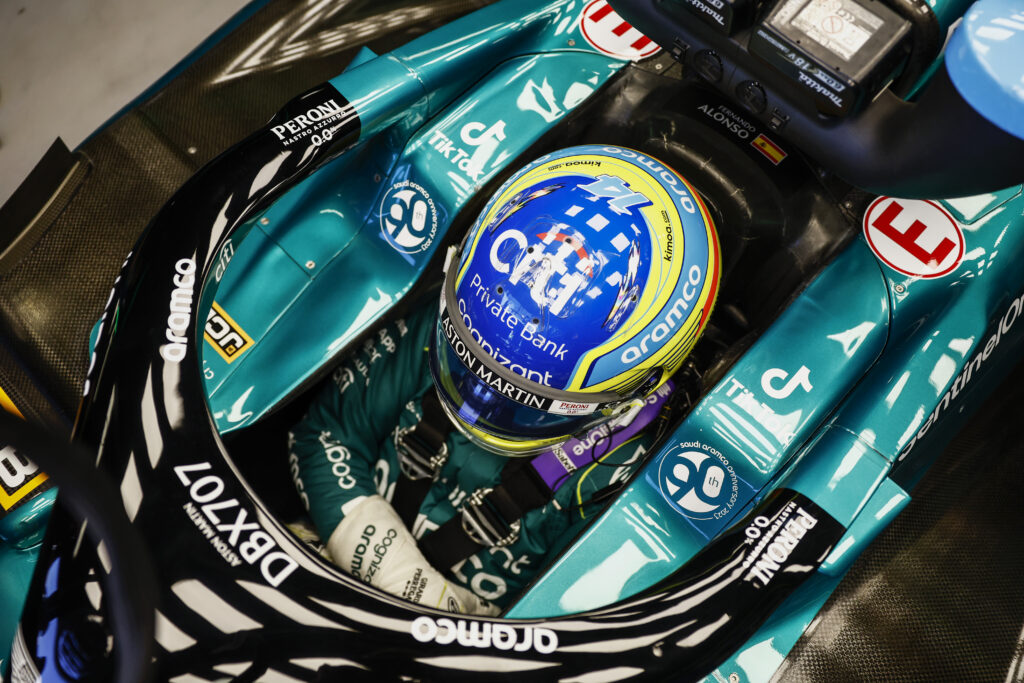
Draw an overall activation plan: Many brands start thinking about the activation plan only after they have signed a sponsorship deal, but they should really do that beforehand. Only when you know how you want to activate the partnership, you can select the correct partnership rights and assets to deploy the activation strategy.
Identify the budget for both the partnership fee and the activation: Although sports properties comprehensively always try to understand the budget before the negotiations start, it is only when the brand has a clear idea of all the opportunities that can indicate a well-defined budget. It is important that the activation budget is calculated separately from the budget for the sponsorship fee, but done at the same moment.
Define the partnership rights and assets: Once there is a clear idea regarding all the points mentioned before, it is the moment to select the rights and assets that the brand needs to deploy its sponsorship and activation strategy. However, it is not always easy, because some assets might serve a dual purpose and some of them might prove themselves difficult to leverage.
Conclusively, although the order might change depending on whether the brand is already involved in the sport and their general experience in sports sponsorship, those are the crucial steps to follow to make sure that a strong ROI will come out from the partnership.
This is original editorial content from Drive Sports Marketing, an agency specialising in Formula 1 sponsorship, Formula E sponsorship, MotoGP sponsorship, and WEC sponsorship.
Formula 1 in the United States is enjoying a rapid increase in popularity, but what's driving F1's U.S. boom?
The data say that 2021 was the most-viewed F1 season in American television history, increasing 58% in 2020 and 2022 saw a continuation of this trend. Following record crowds at the 2021 Austin Grand Prix, the first race in Miami sold out in under 60 minutes and set another record U.S. TV audience. A third U.S. race in Las Vegas has been announced from 2023 onwards and there are now over 100 U.S. headquartered partnerships in the sport.
The spark behind this growth has definitely been "Drive To Survive", the Netflix tv-series that show the behind-the-scenes of Formula 1 and drama related to that. In fact, 1 out of 7 new fans started to watch F1 because of the series.
It is very clear that Formula 1 is attracting a new wave of fans representing around a third of the total fan base and 50% of them come from the U.S. They are more digitally savvy, vocal about their passion for the sport and aware of the F1 ecosystem of partners and associated brands. The share of female fans is bigger for new fans vs. established ones, and they are on average 10 years younger.
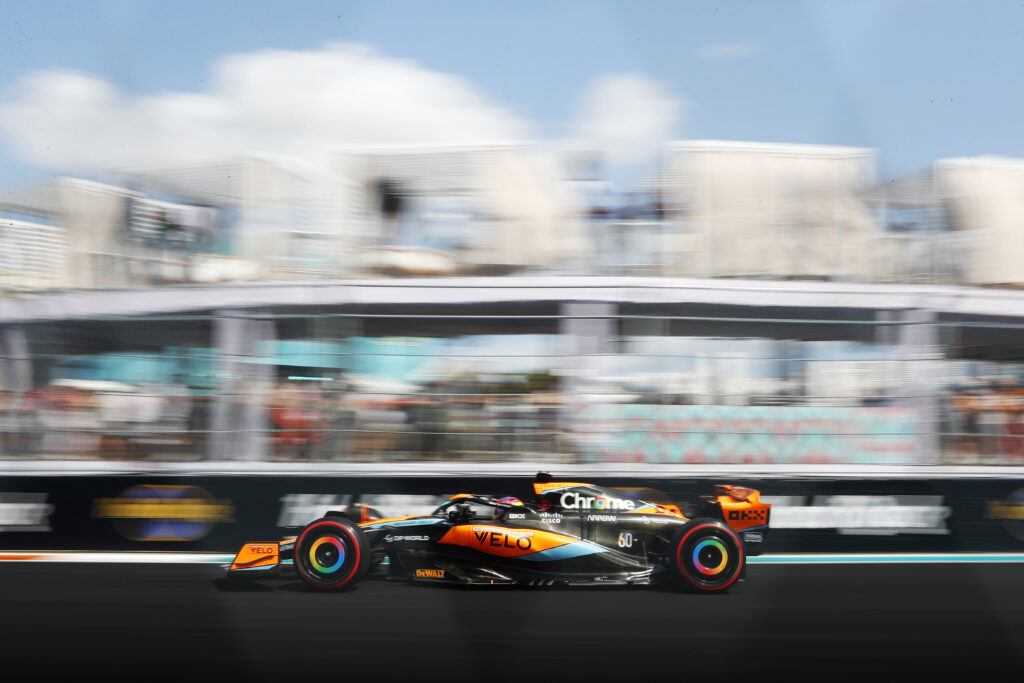
Alongside that, F1 has been present in and out of the USA for decades and since 2012 has always had a US race, but it is now present with several races taking place in the States and it is definitely leveraging its presence in the market. Having three races in the USA and others in North and Central America (Canada and Mexico) gives American brands a fantastic opportunity to activate partnerships and engage multiple times with their target audience. In a few words, Formula 1 is now a very effective marketing tool also for brands only focused on the Americas.
These several races in the U.S. pushed Formula 1 to do a deep dive into the American entertainment culture, creating wider activations around the Grand Prix for fans, but also inviting American celebrities to take central roles in the delivery of the show.
With over 100 U.S. headquartered partnerships in the sport, as a motorsport marketing agency, we might be biased when explaining to a brand why investing in Formula 1 is the greatest marketing opportunity right now, but those facts do not lie.
The Formula 1 global dominance is real and the race for countries, corporations and brands to be part of it is definitely on.
This is original editorial content from Drive Sports Marketing, an agency specialising in Formula 1 sponsorship, Formula E sponsorship, MotoGP sponsorship, and WEC sponsorship.
Fact: Over 60% of motorsport fans prefer to buy from a brand they see during the races. However, the most successful brands don’t use sports sponsorship in isolation, instead, they integrate it across all marketing and communications touchpoints in their business. In this article, we are going to explain how motorsport sponsorship works and how a brand should approach it.
If you compare sports sponsorship in different sports, you will find some common ground with concepts, frameworks and ideas that would work for all of them, but that's just the basics. Every sport offers sponsoring companies a different list of benefits and assets to deploy and the way you utilise the same asset can vary a lot from football to tennis and Formula 1.
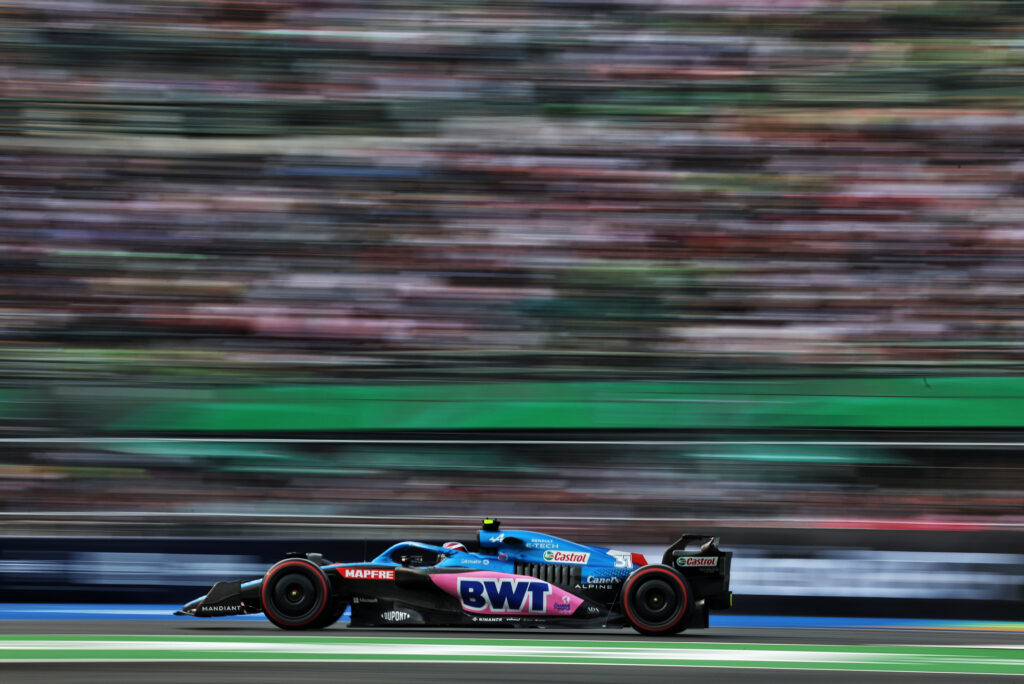
That's why is never easy and rarely correct to compare sports sponsorship in different sports, also because the demographics of the fans are different. Motorsport fans are different from football fans in terms of how they are educated, their interests, their income, their age and also gender split. But more than that, motorsport embodies some unique values that are only marginal in other sports, like innovation and technology.
To give you a quick example, when signing a sports sponsorship with an F1 team the brand generally obtains a number of Paddock Passes that can be used in very different ways: they can be used to reward top executives, convert potential clients, nurture key business partners relationships but also a prize for an online consumers competitions.
The same can be said for the access to the drivers, senior team personnel and team HQ: it can be used to deliver a company-wide business meeting, deliver an experiential event, create case studies and shoot behind-the-scenes original content.
Structuring a strategic motorsport sponsorship requires expertise and deep knowledge of the sport and its main players.
This is original editorial content from Drive Sports Marketing, an agency specialising in Formula 1 sponsorship, Formula E sponsorship, MotoGP sponsorship, and WEC sponsorship.
Considered by many as a major sport but yet radicated in Europe, Formula 1 has sometimes struggled to obtain the deserved credit for being the biggest annual global sport. However, today, there are no doubts about it and Formula 1 is on for global dominance.
The sport has registered significant rises in season cumulative audience in several markets, including many of F1's biggest markets: USA (+58% YoY), France (+48% YoY), Italy (+40% YoY) and the UK (+39% YoY).
It has been the growth in the USA, particularly, that created a positive domino effect for Formula 1.
The series has been present in and out of the USA for decades and since 2012 has always had a US race, but it is now with several races taking place in the States that it is leveraging the most its presence in the market.
Next year the first US race will be in Miami on the 7th of May with Austin (Texas) following on the 22nd of October and the highly-anticipated Las Vegas GP on the 18th of November. Having three races in the USA and others in North and Central America (Canada and Mexico) gives American brands a fantastic opportunity to activate partnerships and engage multiple times with their target audience. In a few words, Formula 1 is now a very effective marketing tool also for brands only focused on the Americas.
But how Formula 1 has finally broken into the United States? First of all, Formula 1 is essentially now an American company which stated from the very beginning how the USA would have been crucial for the expansion of the sport, so the focus and resources have been efficiently directed towards this goal.
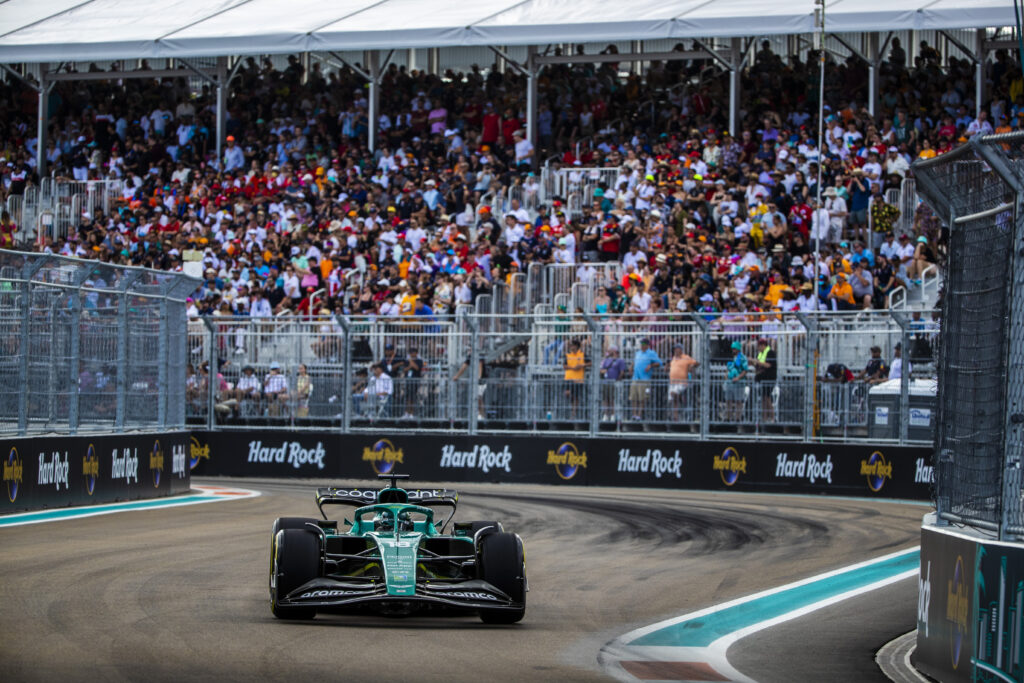
The broadcasting times have been adjusted to fit better into the US channels' programming schedule which opened up opportunities for wider broadcasting deals. On top of that, thanks to Netflix's "Drive to Survive" series, Formula 1 has been able to engage, and yet educate, the American audience.
But nothing would have happened if the product itself, Formula 1, did not have become more attractive and richer in adrenaline than the previous years. In fact, a new generation of young drivers able to talk to fans in the right way while deploying great performance on track was essential to Formula 1 expansion in the USA. Last but not least, after years of Mercedes dominance, the sport provided again great battles between several teams and drivers.
Having said that, how Formula 1 is performing in other markets? It is growing, simple as that: the biggest market in terms of unique viewers is China (70.8m unique viewers in 2021, +13% vs 2020), but there are also significant YoY gains in Spain (+272%), and Russia (+129%).
China, unfortunately, will not host again the Formula 1 race in 2023 because of COVID but the list of countries willing to replace it seems pretty long. However, apart from replacing China, there are other countries that knock on the Formula 1 door, like South Africa and countries that have just arrived in the sport and already going for long-term renewals like Qatar.
As a motorsport marketing agency, we might be biased when explaining to a brand why investing in Formula 1 is the greatest marketing opportunity right now, but those facts do not lie.
The Formula 1 global dominance is real and the race for countries, corporations and brands to be part of it is definitely on.
This is original editorial content from Drive Sports Marketing, an agency specialising in Formula 1 sponsorship, Formula E sponsorship, MotoGP sponsorship, and WEC sponsorship.
As a sports marketing agency, we believe that sports sponsorship is one of the most powerful marketing tools for a brand. However, we are often asked about the sports sponsorship vs hospitality package comparison. In all fairness, it is a bit like comparing apples to oranges and here we explain why.
A sports sponsorship is a 360 degrees marketing tool that gives a brand full access to the sponsored team assets and benefits: branding spaces, hospitality passes, official imagery and footage, social and digital collaboration, engagement with the team's fan base and access to the drivers and team personnel for events and content production purposes. On top of that, it allows the sponsor to integrate their products and services within the team and develop powerful storytelling thanks to the promotional rights included in the sponsorship.
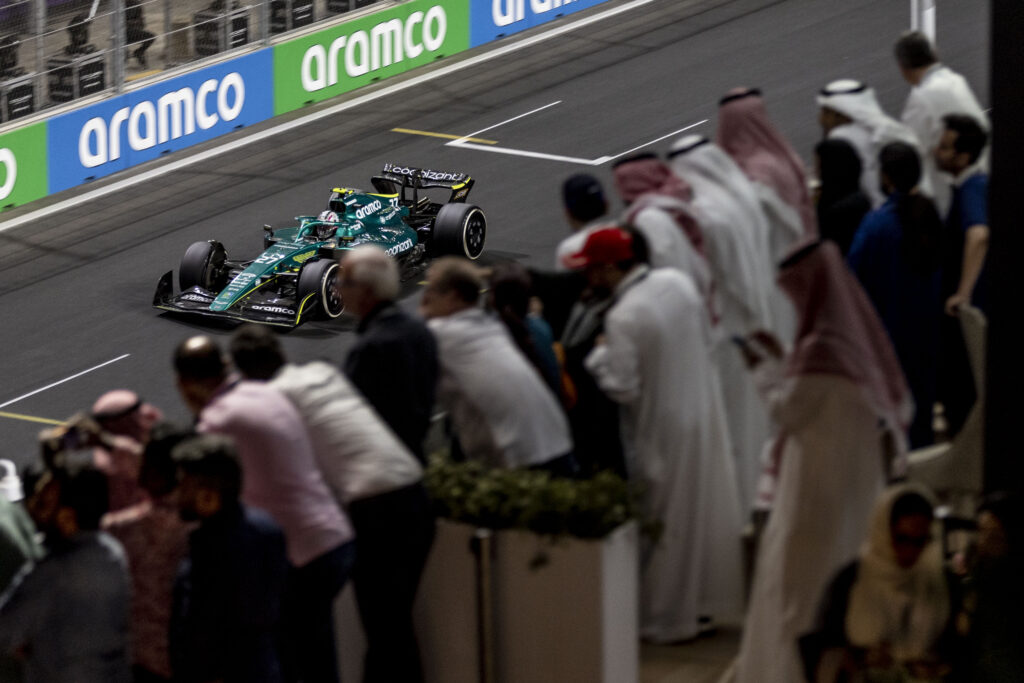
The latter, the promotional rights, or the lack of them, is the most differentiating aspect between signing a sports sponsorship and buying a hospitality package. Basically, when buying it, you would be at the race weekend enjoying premium hospitality and providing your guests with a fantastic experience but, as a brand, you will not be able/allowed to officially talk about it, because you have no association with the sport or the teams.
Therefore, which one is the right one to select? It all depends on the company's objective and budget, but also on the overall structure of the marketing strategy. A sports sponsorship can really deliver value on many layers and well-structured companies should definitely go for this. However, if your company does not have a well-structured and defined marketing strategy, then it would be easier and more cost-effective to buy a hospitality package for your most important guests at relevant races.
Whatever your choice, we will be delighted to help in your next steps towards motorsport.
This is original editorial content from Drive Sports Marketing, an agency specialising in Formula 1 sponsorship, Formula E sponsorship, MotoGP sponsorship, and WEC sponsorship.
The following story is the same old story that every sponsorship guy in the F1 Paddock will tell you regarding why brands should partner in F1: it is the pinnacle of motorsport and it is a global sport that runs every single year from March to December.
Fine, everything is right and correct. But it is not enough.
Brands are not affected anymore by the CEO syndrome (when a company sponsors yacht racing because a top executive likes yachting) and marketing executives need to show a positive ROI from almost everything they do. They think more strategically now and decisions are very much based on analytical evidence, that’s why the same old story that I told you above, although true, is not as effective as used to be.
In January 2017, Liberty Media bought F1 and made several changes to a sport that had been untouched in the last 20 years. Those changes now provide unique benefits to brands, making this the right moment for them to enter the sport based on the following reasons:
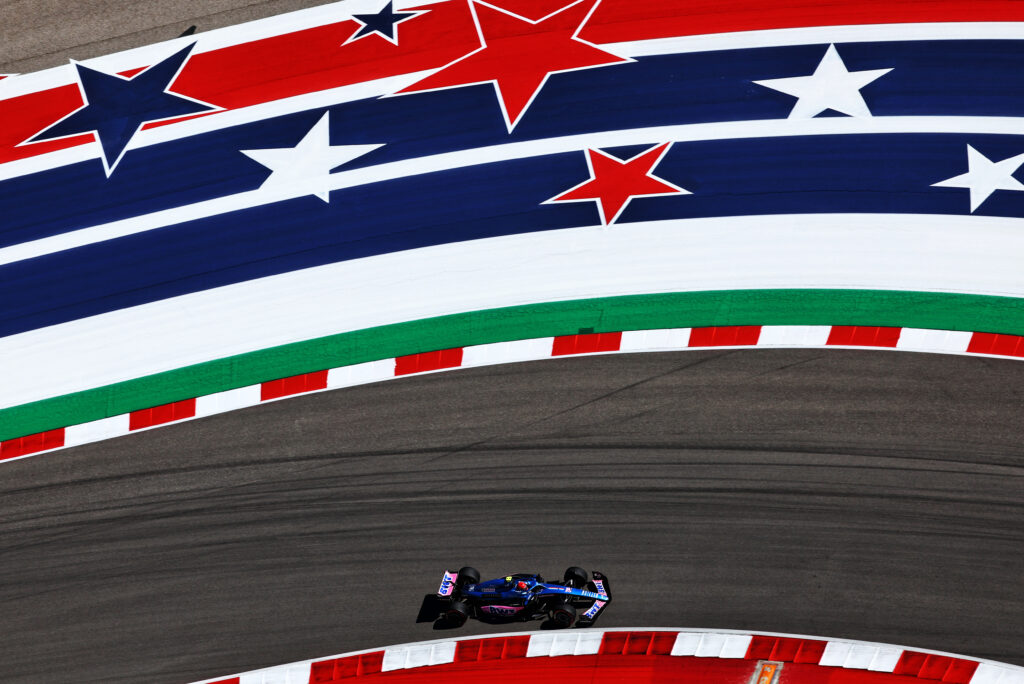
As such, a Formula 1 partnership is definitely the must-have marketing tool for a brand today, but selecting the right team, the right assets and the right investment is a very challenging task, that’s why at Drive we guide brands in the ecosystem to ensure they sign a strategic and meaningful partnership.
This is original editorial content from Drive Sports Marketing, an agency specialising in Formula 1 sponsorship, Formula E sponsorship, MotoGP sponsorship, and WEC sponsorship.
When defining the sponsorship strategy, companies sometimes struggle to decide whether to sign a global sports sponsorship or a regional one, that's why we will be talking about this topic: "Sponsorship: Global vs Regional".
Although there are sports that are truly global phenomena, a company might want to focus only on some of the countries touched by that specific sport. They also do that with the idea of investing less money in the sponsorship but this cost-saving operation is not always worthwhile.
For example, let's look at a Formula 1 sponsorship: the sport goes to 23 countries and 5 continents every year but a company can be only interested to promote its brand and products in North America. What should they do?
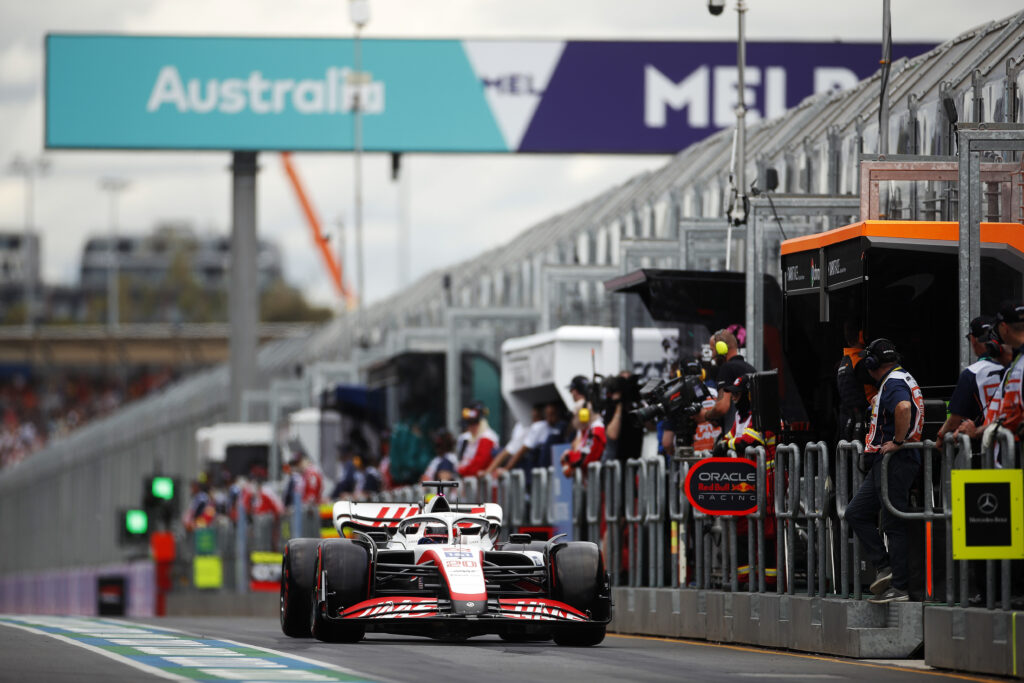
Global Sponsorship: Signing a global deal would mean that they can leverage the association with the sport for the whole championship, running digital campaigns and online competitions connected to the Formula 1 calendar. Also, they could activate the rest of their assets (hospitality, events, drivers' appearances) in every local market. A crucial benefit is an opportunity to shoot content with the team at different times during the year, tailoring that content around the company's marketing strategy every single time.
Regional Sponsorship: The option to sign a deal only for North American races can be also a good one, however, the rights to talk about the sponsorship might be time and content limited. What does it mean? It means that the company can leverage the sponsorship, for example, just a week before and a week after the race in North America and the content they can utilise has to be shot in that specific market and distributed only on the company's North American digital channels.
Hybrid Sponsorship: This can be a sponsorship very similar to the regional one but with the opportunity to leverage the association with the sport for the whole duration of the championship. This means the opportunity to utilise the content produced by the team in other races of the season and deliver year-round digital campaigns. Obliviously, most of the assets (branding, hospitality, drivers' appearances) will be utilised only in the target markets, but in this way, the company can build a meaningful narrative around the sponsorship while still saving some money compared to the global option.
Conclusively, sponsorship: global vs regional, what is the best option? It really depends on the company's objectives and budget, but also on the team they select to sponsor. Some of them are more flexible than others in accommodating particular requests from sponsors.
That's why it is always highly advisable to have the support of specialised advisors like Drive when navigating the motorsport ecosystem.
This is original editorial content from Drive Sports Marketing, an agency specialising in Formula 1 sponsorship, Formula E sponsorship, MotoGP sponsorship, and WEC sponsorship.
We spend most of our time consulting with brands and advising them on which motorsport team, driver or championship they should sponsor based on their objectives and budget. However, another solid option to utilise motorsport as a marketing platform is to become a partner of a circuit, the question is: why sponsor a racetrack?
Some of the most innovative circuits in the world are not only the venues for Formula 1 and MotoGP races, but they have gone through a diversification process. Of course, motorsport will be always their key element but the venues are now open for business 365 days per year, attracting fans and brands thanks to the various activities they develop.
There are many ways in which a company can leverage a sponsorship with a racing circuit:
Naming & Branding: With international events taking place at the selected circuit, a company can drive brand awareness and preference by naming and be present in the venue where millions of fans enjoy their favourite sport.
Hospitality & Events: Being a partner of a racing circuit gives you access (in a more or less official way) to all the events that take place at the race track. You can invite your guests to watch the F1 race from a privileged spot as well as utilise the venue to organise a "different" corporate meeting.
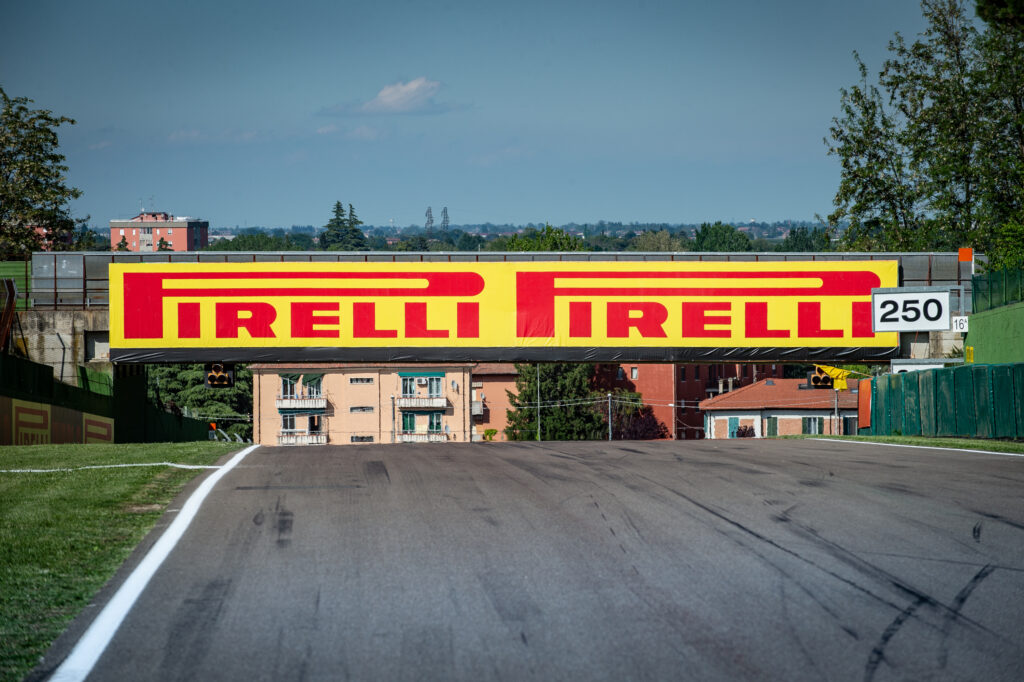
Product Promotion & Experiential Activities: Launching a new product utilising the circuit facilities is also another great way of leveraging the partnership with the racetrack. Additionally, you can organise test drives of supercars for your key clients and best-performing employees to give them an unforgettable experience.
Content & Digital: Exciting and original content is key to success for every brand nowadays and a racetrack can be the perfect "studio" to shoot fantastic short and long-form videos. Moreover, the official digital channels of the venues can amplify the reach and engagement of your digital campaigns.
As such, motorsport is a 360-degree marketing platform and the idea of sponsoring a racing venue can be very strategic for brands who are looking for specific assets to deploy in their overall business strategy.
Is it clear now why sponsor a racetrack?
Conclusively, although there are a lot of potential benefits, not all the circuits are the same and only expert guidance like Drive can support a brand in structuring the sponsorship in the right way and achieving a positive ROI.
This is original editorial content from Drive Sports Marketing, an agency specialising in Formula 1 sponsorship, Formula E sponsorship, MotoGP sponsorship, and WEC sponsorship.
It is fair to say that companies, at first glance, prefer to sponsor a winning team instead of a midfield team. However, several considerations need to be made before saying that this is always the right thing to do.
Reputation: being the partner of a team that every Sunday fights for wins clearly helps to strengthen your company's reputation, particularly if you are a technology partner of that team, providing them with the solutions to perform better on track. Differently, if you are a more standard partner (like a bank or an entertainment company) this aspect is not crucial. And sometimes, an unexpected podium or win from a midfield team can be a very powerful marketing story to tell as a sponsor.
Visibility: some may think that a winning team gets much more TV coverage than a midfield team and this is not true. Formula 1, for example, constantly tries to distribute TV coverage equally. Moreover, because drivers in the midfield tend to battle more than the ones in the first positions, they generally get more TV coverage than the front-runners. In fact, in the past, dominant teams have even complained of a lack of TV coverage.
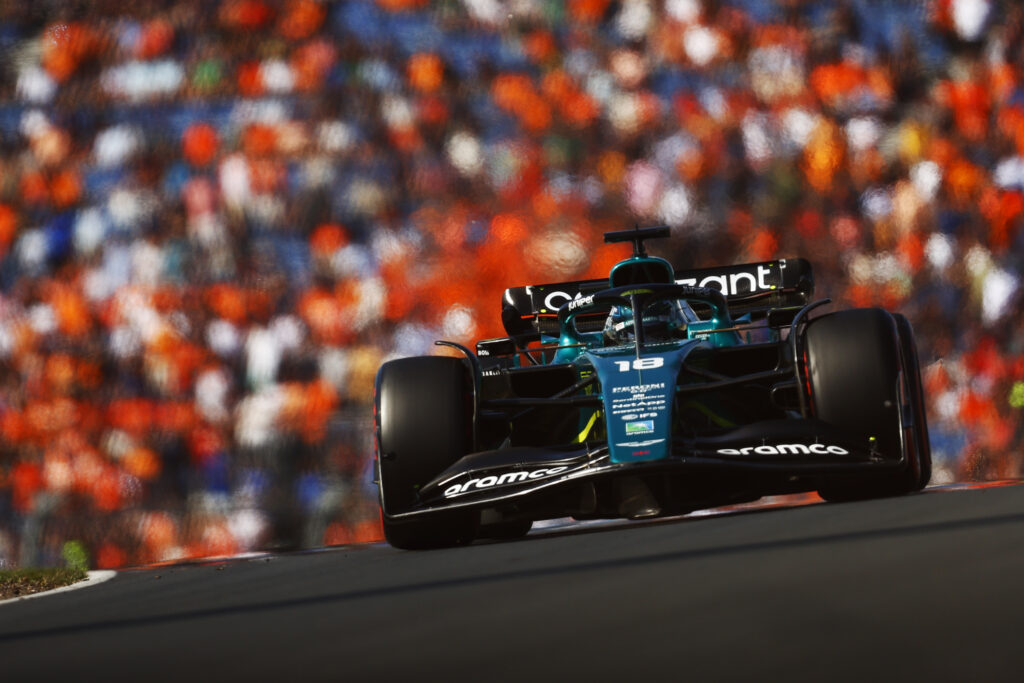
Support: the top teams tend to have bigger marketing departments but also a larger number of sponsors to serve, therefore flexibility and availability to activate the sponsorship can be affected by how the workload is managed inside the team. However, when it comes to utilising the drivers or some particular team asset (like the factory) for promotional purposes you might need a lot of planning as the number of requests also from other sponsors is high. Differently, activating a sponsorship with a smaller team can be easier, although the sponsor might need to do a bit more work internally as the team resources are limited.
Investment: a partnership with a championship-winning team will be massively more expensive than with a midfield team, so if you have the proper budget to still have a comprehensive marketing rights package it is the right thing to do. But, if you have to reduce to the minimum your partnership benefits to be with a top team, then is better to be with a midfield team having more assets to deploy.
Conclusively, there is no right or wrong, it really depends on the objectives and budget of the sponsor. A well-structured and carefully planned sponsorship always works, but in order to do that, you need expert, competent and independent guidance.
This is original editorial content from Drive Sports Marketing, an agency specialising in Formula 1 sponsorship, Formula E sponsorship, MotoGP sponsorship, and WEC sponsorship.